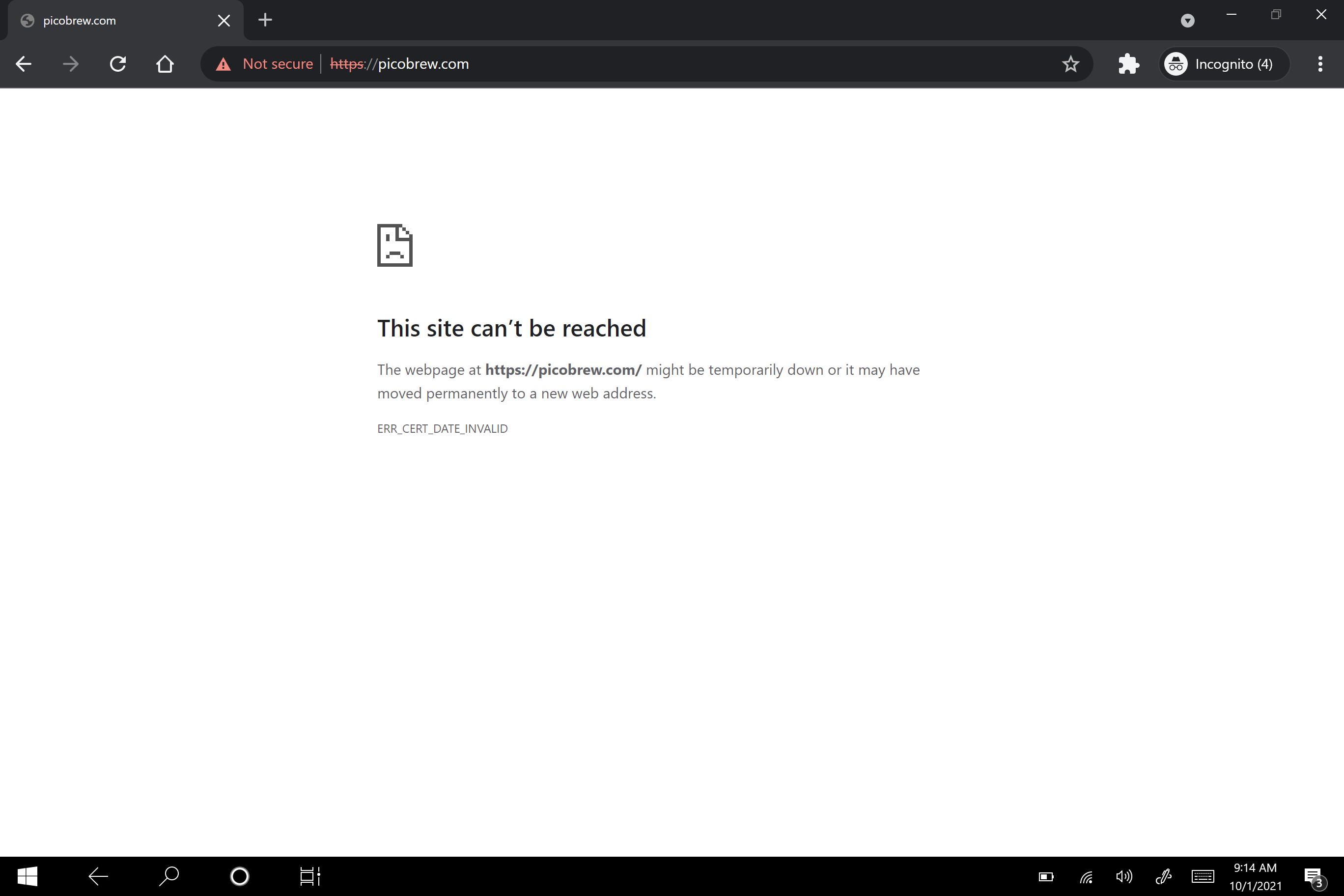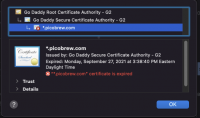Welcome! You are spot on.
Do a couple (or several) deep cleans back to back with a bit of soaking at the hottest temps. I'm sure there is some dried gunk up in there that needs to be flushed out.
If the deep cleans at any point run into an overheat error this is the same as what would happen on a brew session (deep clean is essentially a specific "recipe" for the purpose of cleaning all internal hosing routes). This error will be what is expected when either there is a flow blockage / air pickup or glycol loop needs to be topped off. I'll let Mike to send over his glycol top off instructions for you, they are quite detailed and have helped several in similar situations here.
Do a couple (or several) deep cleans back to back with a bit of soaking at the hottest temps. I'm sure there is some dried gunk up in there that needs to be flushed out.
If the deep cleans at any point run into an overheat error this is the same as what would happen on a brew session (deep clean is essentially a specific "recipe" for the purpose of cleaning all internal hosing routes). This error will be what is expected when either there is a flow blockage / air pickup or glycol loop needs to be topped off. I'll let Mike to send over his glycol top off instructions for you, they are quite detailed and have helped several in similar situations here.











































![Craft A Brew - Safale S-04 Dry Yeast - Fermentis - English Ale Dry Yeast - For English and American Ales and Hard Apple Ciders - Ingredients for Home Brewing - Beer Making Supplies - [1 Pack]](https://m.media-amazon.com/images/I/41fVGNh6JfL._SL500_.jpg)























